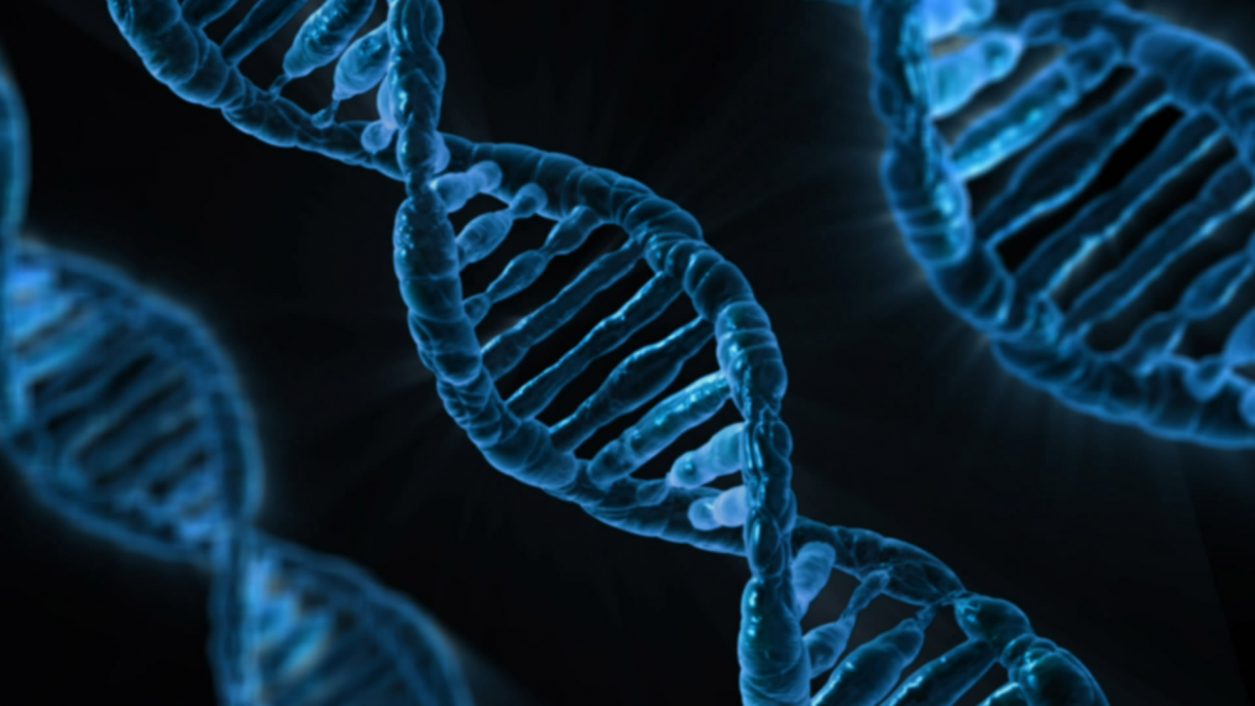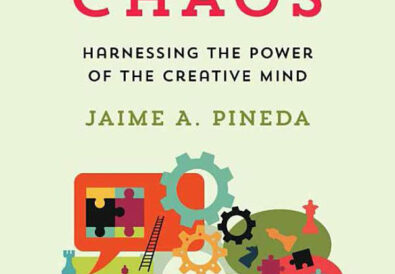A gray hair or fine line staring back at you in the mirror are just two signs that might make you think that the impact of time passed is starting to make itself visible. These are just a small signal of what goes on at the cellular level in your body. You can’t change time. However, advancements in the understanding of savings at the cellular level will eventually allow us to change the impact time has on our cells.
Despite the billions of dollars spent on attempting to understand diseases like Alzheimer’s, Parkinson’s and cardiovascular disease, we have not made the progress we should. Researchers are now starting to ask the question – if we change the approach to understand the aging process and slow it, we will not only spend more time in good health, but we may push the disease associated with aging down the road or avoid it all together.
Declining with Age
Almost a decade ago, scientists reached a consensus on nine key areas of your cells that decline in function as we age. Known as the nine hallmarks of aging, they all share on thing in common: If you worsen them, you age faster. If you better them, you slow the aging process.
With knowledge of these nine hallmarks, progress is being made at an accelerating pace. There are now therapies heading towards clinical studies after success in research using mice. One of these therapies includes Rapamycin, a pharmaceutical used in antirejection drugs (immunosuppressant medications) for transplant recipients that showed up to 60% longer lives in mice. Another therapy, metformin, is a drug used to treat Type 2 diabetes has been identified to significantly reduce cancer rates and extend life.
As a pharmacist with 30 years of experience, I have dedicated the last 10 years to working in the biotech area with a focus on translating the complex realm of anti-aging science to make it accessible to the masses. With an understanding of the nine hallmarks of aging, adopting simple strategies and sharing breakthrough molecules, I’ve constructed a step-by-step healthy aging strategy to adopt, altering the trajectory of our lives.
Why DNA Matters
Most of us probably remember learning about DNA in high school biology class. Your DNA are molecules sitting at almost every single cell in your body helping it function and thrive, whether it’s a heart, brain or skin cells. Our DNA contains our genes and acts as our cellular instruction set.
DNA is not a static molecule that remains in place after having done its job. It is constantly moving, opening and closing, turning on and off genes and providing code to produce key cellular components. DNA does all of this while being in the midst of an incredibly hostile environment. External stressors including UV rays from sun exposure, carcinogens in our diet and pollution from the environment contribute to damaging DNA up to 100,000 times per day, per cell.
The body has trillions of cells, so you can imagine the work that occurs every second of every day. Even when you are sleeping, your cells are working to keep you DNA functioning and they do this by consistently checking and repairing our DNA through complex mechanisms. The connection between how well our DNA is functioning and the speed at which we age is a relatively new discovery. With this new knowledge, scientists have been looking to see what we can do to support our vital DNA repair and maintenance machinery so that we can keep our DNA in great working order for as long as possible. There are things that we can do daily to support DNA health and slow the aging process.
Repair for Longevity
Regular exercise and a healthy diet are important for all of us to include in our daily routine. Exercise helps to support DNA repair mechanisms and turn on genes that have beneficial effects across all of our cells. When looking at the diet, plant-based appears to be the best. That doesn’t mean you have to cut out meat entirety. However, minimizing the intake of meat as part of a longevity strategy is crucial. In addition, cutting back on carbs and sugar also helps. Lastly, fasting is something that encourages the recycling and rebuilding of key cellular components, which places less stress on your DNA and therefore should be part of your healthy longevity strategy.
Recent developments in the understanding of how to support DNA repair mechanisms have opened the door to new supplements that have a profound impact on the aging process. Compounds like SATCs (sirtuin activating compounds) are key proteins involved in the repair and maintenance of our DNA. Pterostilbene is extracted from blueberries and is one of the best STACs, being recognized for its benefits for years. Now, we also know that it works to support our DNA.
Also, supplements like Hobamine, an extract from Himalayan Tartary Buckwheat, give us new ways to protect our DNA from oxidative stress, opening the door for healthy aging. Lastly, the STACs mentioned earlier require a vital co-factor called NAD (nicotinamide adenine dinucleotide) to function optimally and this co-factor is depleted in our cells as we age. Until recently we have not been able to get enough NAD from our diet to make a difference but the discovery of NMN (nicotinamide mononucleotide) and NR (nicotinamide riboside) mean that we now have a way to restore NAD levels in our cells to youthful levels; another key discovery to support healthy DNA and our longevity.
These supplements are opening the door to so much, allowing us to become the first generation of humans to have access to these compounds in order to take the extra steps we need to take to protect our DNA and a healthy long life.
More exciting research on our DNA is coming fast and it’s likely we will have more tools to keep it acting youthfully for much longer than we once thought was possible. Who knew, when it was discovered, how important our DNA would be for our long-term health today!
Greg Macpherson is a pharmacist, entrepreneur and author of, Harnessing the Nine Hallmarks of Aging: to live your healthiest life. For more than a decade, he has been working in the biotechnology sector, specifically focusing on the aging process at the cellular level. This work led him to discover ways to harness the nine identified, scientific hallmarks of aging, which is the premise of his book that addresses the natural aging process, how to age more favorably and simple strategies to slow the aging process and build a functional longevity plan. Beyond theory and concept, Macpherson has used his entrepreneurial spirit to further develop solutions to this new paradigm of aging, described in his book, by launching SRW Laboratories, a science and research based company that curates the latest biotechnology research to formulate natural products designed to help slow the onset of aging and disease, and develop evidence based solutions for those who are experiencing age-related health concerns. SRW, which stands for Science, Research and Wellness, is Macpherson’s natural world laboratory that will develop the preventative formulas from nature required to slow down the aging process based on the nine hallmarks of aging, which include mitochondrial dysfunction, telomere attrition and cellular senescence, to name a few. With aging being the single biggest risk factor for developing disease, Macpherson’s mission to slow the aging process at a cellular level could help millions of people delay the onset of diseases associated with advanced aging like Alzheimer’s and heart disease.
@gregmacpherson

















